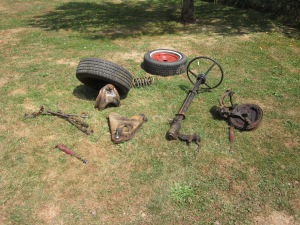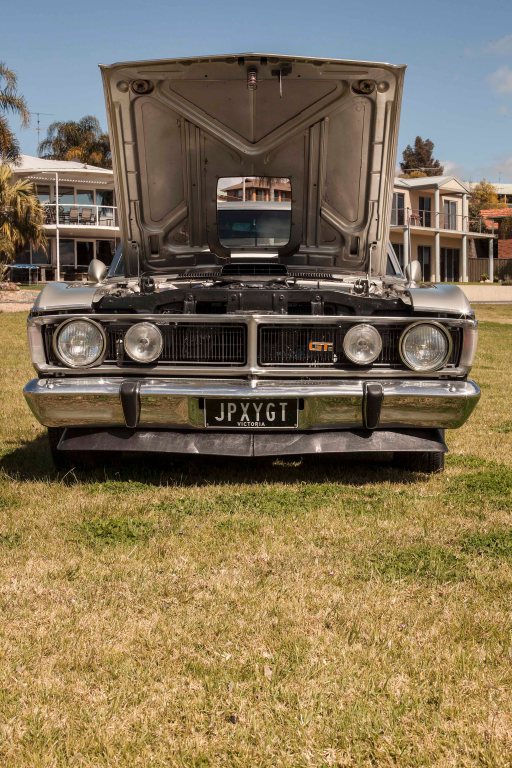We have a couple of debuts’ this week and a couple of Birthdays.
First up on Sept. 23 in 1969 the iconic and now recreated Dodge Challenger.
From this:

1969 Challenger
And this:

The Iconic General Lee
To this:

The 2012 version.
Virgil Exner was born on the 24th of Sept in 1909. Who was “Ex”? A car designer. Oh…ok…of what? Just a couple of designs, like all of these:
Studebaker Champion
Studebaker Starlight
Chrysler C-200
Chrysler 300 letter series
Chrysler 300 non-letter series
Chrysler New Yorker
Imperial 1955-1961
Chrysler Diablo Concept with Ghia
Plymouth Savoy
Plymouth Belvedere
Plymouth Fury
Plymouth Suburban
Plymouth Valiant
Dodge Coronet
Dodge Firearrow Concept
Desoto 1961
Desoto Adventurer
Bugatti 1965 concept with Ghia
Mercer-Cobra 1965 concept
Duesenberg 1966 prototype with Ghia
Stutz Blackhawk
Bill France was born on the 26th in 1909 in our nations capital. Mr. France was an American race car driver. He is best known for co-founding and managing NASCAR, a sanctioning body of United States-based stock car racing.
The final debuts was on Sept. 26, 1967 when AMC released the Javelin.

1967 Javelin
Thanks for reading
Tim






































